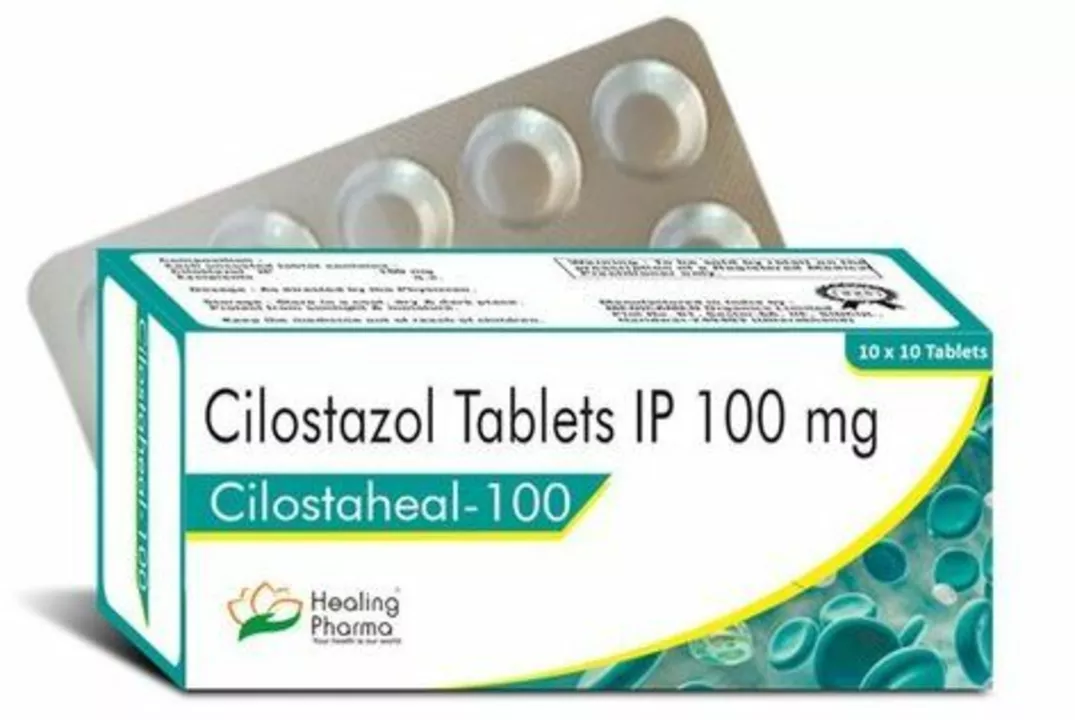What You Should Know About Cilostazol
If you've heard about cilostazol and wondered what it's all about, you're in the right spot. This medication is mostly used to help folks who have trouble walking because of poor blood flow, especially in their legs—something called intermittent claudication. Basically, cilostazol works by opening up blood vessels and making your blood less sticky, so it flows easier and reduces pain.
But it's not just about better circulation. Cilostazol can make a real difference in your daily life by helping you walk longer distances without that cramping or tired feeling in your calves. It's typically prescribed by doctors when lifestyle changes and basic treatments don't cut it. Still, it's always important to talk with your healthcare provider to see if this medicine fits your needs.
How to Use Cilostazol Safely
Using cilostazol is straightforward, but a few things can make all the difference. Usually, it's taken twice a day, about 30 minutes before or two hours after meals. Sticking to the schedule helps maintain steady levels of the drug in your body so it can do its job well.
You should also be mindful of side effects. Some people might feel headaches, dizziness, or tummy issues when they start. These problems often settle down, but if they stick around or get worse, don't ignore them—check in with your doctor. Also, cilostazol isn't for everyone. For instance, people with heart problems need to be cautious, so make sure to disclose your full health history.
What to Watch for When Taking Cilostazol
One biggie is how cilostazol can interact with other meds. It can change how blood-thinning drugs work or affect heart medications. That's why your doctor needs to know everything you're taking, including supplements and over-the-counter stuff.
Lastly, cilostazol can take a few weeks before you really notice a difference, so patience is key. Keep track of your symptoms and let your healthcare team know if anything feels off. They can adjust the dose or explore other options if needed. Taking cilostazol isn't just about popping a pill—it's part of a plan to help you move better and live active.
Want to explore more about cilostazol or medications for circulation problems? We have plenty of articles and tips that can guide you through choosing the right treatments and staying safe while using them. Remember, your health is a journey, and we're here to help every step of the way.

Managing Side Effects of Cilostazol: Tips and Tricks
Managing the side effects of Cilostazol can be challenging, but with a few tips and tricks, it becomes more manageable. In my experience, it's essential to stay hydrated, maintain a balanced diet, and engage in regular exercise to minimize potential side effects. Additionally, it's important to communicate with your healthcare provider about any concerns and monitor your body's reactions to the medication. Lastly, staying informed and educated about Cilostazol and its potential side effects can help you better manage any symptoms that may arise during treatment.
